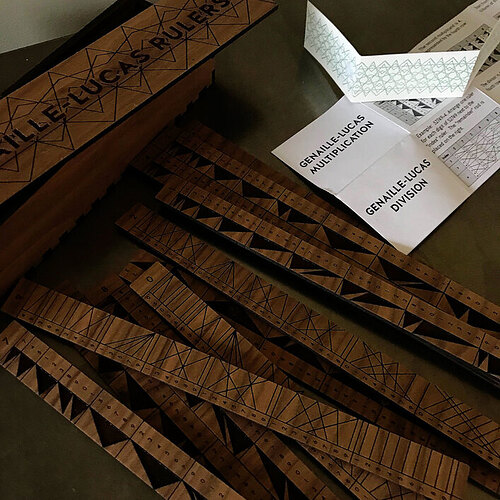I finally finished my set…and after three false starts, ended up right back where I started with the Medium Walnut ply. ![]()
I made a separate post because I wanted talk a little bit about some other elaborate stuff I did, but I also wanted to come here and say thanks again for the file – all the problems were with materials, none with the SVG!
